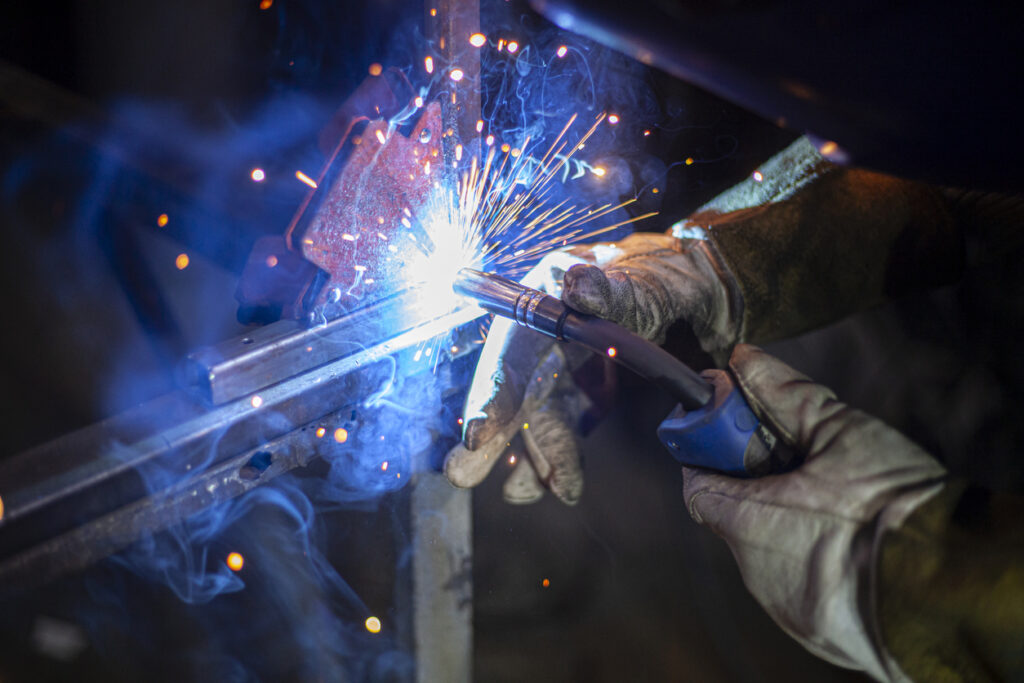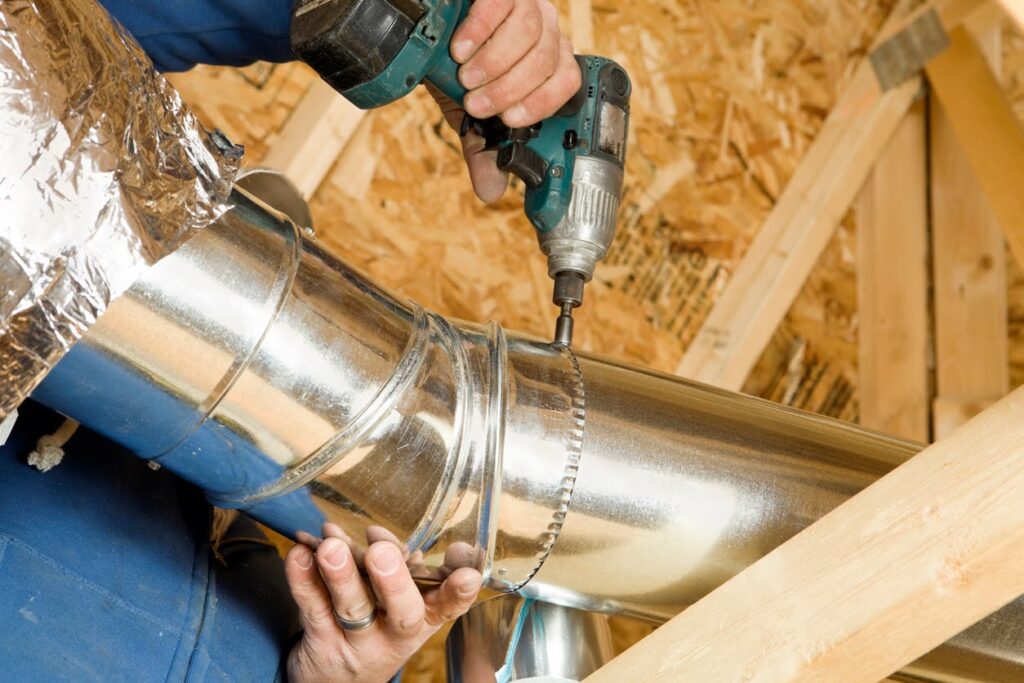Welding Stainless Steel vs. Mild Steel in Sheet Metal Fabrication: A Comparison of Welding Techniques for Different Types of Sheet Metal
When it comes to sheet metal fabrication, choosing the right type of metal and the appropriate welding techniques are critical decisions. Among the most commonly used metals in this industry are stainless steel and mild steel. Both materials have unique properties and applications, and understanding the differences in welding these two types of sheet metal is essential for ensuring the success of your projects.
Stainless Steel and Its Benefits
Stainless steel is known for its exceptional corrosion resistance, making it the go-to choice for applications where exposure to moisture or chemicals is a concern. It’s widely used in food processing, medical equipment, and architectural projects where durability and a polished appearance are required.
Welding stainless steel demands precision and care. Its low thermal conductivity and high thermal expansion can make it challenging to work with. Standard welding techniques used for stainless steel include TIG (Tungsten Inert Gas) welding and MIG (Metal Inert Gas) welding. TIG welding is favored for its high-quality, clean welds, while MIG welding is efficient for thicker stainless steel sheets.
Mild Steel: Versatile and Cost-Effective
Mild steel, on the other hand, is a cost-effective option with good weldability. It’s commonly used in structural applications, automotive components, and general sheet metal projects. Unlike stainless steel, mild steel is more susceptible to corrosion, so proper coating or painting is often necessary for outdoor use.
Welding mild steel is comparatively easier, and it can be performed using various techniques such as MIG welding, TIG welding, and Stick welding. MIG welding, with its high deposition rates, is a popular choice for mild steel sheet metal fabrication. It’s efficient and well-suited for both thin and thick sheets.
Considerations for Welding Stainless Steel and Mild Steel
Preparation: Regardless of the metal, proper preparation is essential. This includes cleaning the surface to remove any contaminants, ensuring the right fit-up of components, and selecting the appropriate filler materials and shielding gases.
- Heat Control: Stainless steel has a lower thermal conductivity than mild steel, so it requires precise control of heat input during welding. On the other hand, mild steel is more forgiving in this regard.
- Shielding gases: The choice of shielding gas depends on the welding technique and the type of metal. For stainless steel, argon or helium is commonly used, while mild steel can be welded with a mix of argon and CO2.
- Post-Weld Treatment: Both stainless and mild steel may require post-weld treatments such as passivation for stainless steel to restore its corrosion resistance or grinding and polishing for a clean finish.
The Right Choice for Your Project
In sheet metal fabrication, the choice between welding stainless steel or mild steel depends on the specific requirements of your project. Stainless steel offers superior corrosion resistance and an attractive finish, while mild steel is cost-effective and versatile. Your decision should consider factors such as the environment the project will be exposed to, the required durability, and the welding techniques best suited for the chosen metal.
At Avon Lake Sheet Metal, we understand the nuances of working with different types of sheet metal, and we’re dedicated to helping you make informed decisions for your projects. Our decades of experience have honed our expertise in welding techniques for various materials, ensuring that your sheet metal products are not only visually appealing but also built to last.
Whether it’s stainless steel or mild steel, we’re here to provide the quality craftsmanship and guidance you need to bring your sheet metal fabrication projects to life. Reach out to us today to learn more about how we can assist you in achieving your sheet metal fabrication goals.



